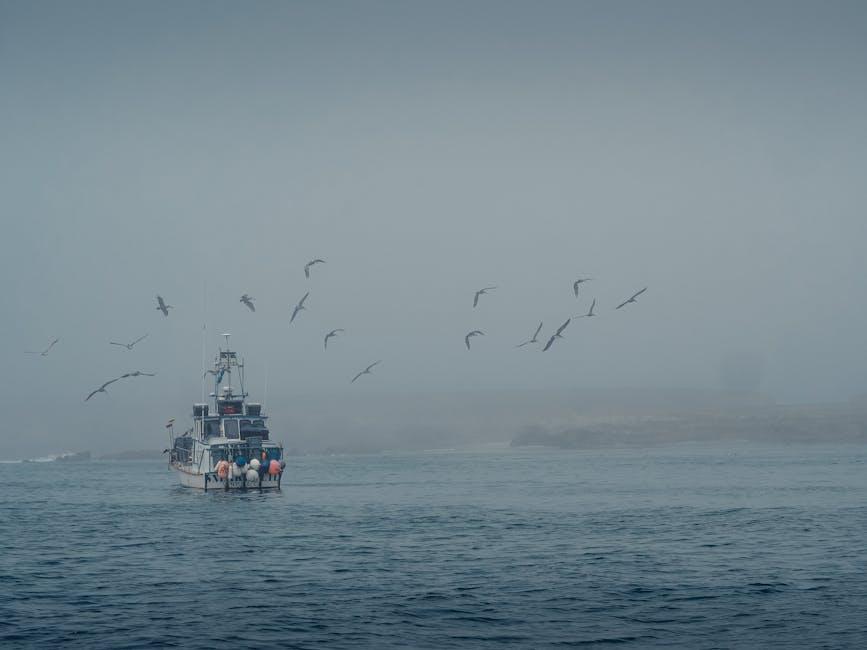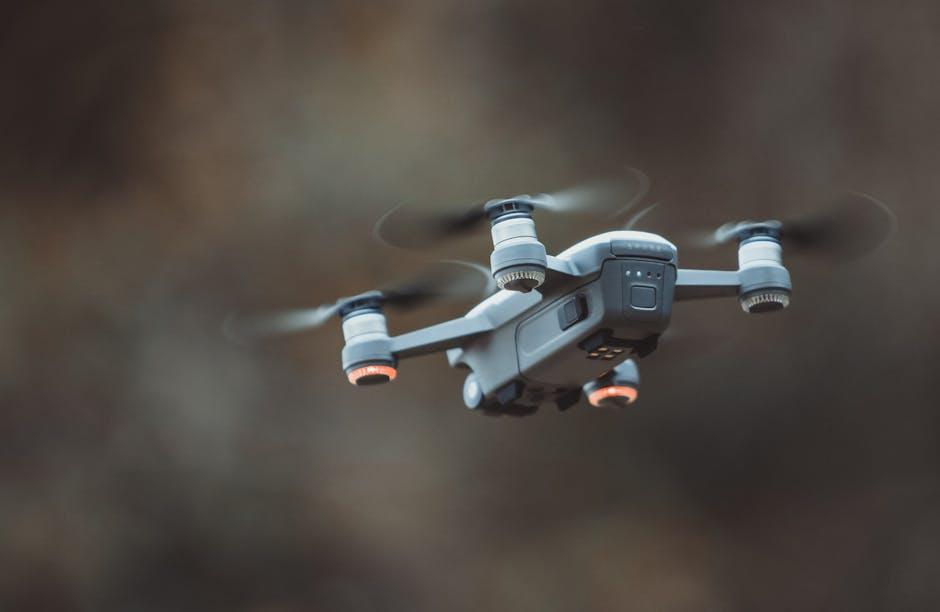In the ever-evolving world of filmmaking, the lens through which we capture stories has been dramatically reshaped by technological innovation. Among these advancements, drone cinematography and cutting-edge technology have soared to new heights, offering breathtaking perspectives and unprecedented flexibility. Yet, as these modern tools take center stage, a question lingers in the minds of filmmakers and purists alike: Are these innovations enhancing the art of storytelling, or do they pose a threat to the time-honored craft of traditional cinematography? This article delves into the dynamic interplay between the old and the new, exploring whether the rise of drone shots and digital advancements enriches or undermines the essence of cinematic expression.
The Evolution of Aerial Perspectives
In the world of cinematography, the way we capture aerial perspectives has undergone a significant transformation. Traditionally, filmmakers relied on helicopters, cranes, and elaborate rigging to achieve those breathtaking shots from above. This method, while effective, was often costly and required a great deal of planning and coordination. With the advent of drones, however, capturing aerial footage has become more accessible and versatile.
Drone technology offers filmmakers new opportunities to explore creative angles and dynamic movements that were previously unimaginable. Here are a few ways drones have impacted aerial cinematography:
- Cost-Effectiveness: Drones provide a more budget-friendly alternative to traditional methods, allowing indie filmmakers to achieve high-quality shots without breaking the bank.
- Flexibility: The compact size and agility of drones enable filmmakers to shoot in challenging locations and tight spaces that would be impossible for larger equipment.
- Innovative Angles: Drones can capture unique perspectives, adding a fresh dimension to storytelling and visual composition.
While some purists argue that this shift may undermine the artistry of traditional techniques, others embrace the new possibilities. The debate continues, but one thing is clear: is reshaping the landscape of cinematography.
Balancing Innovation with Classic Techniques
In the ever-evolving world of cinematography, the introduction of drones and advanced technology has sparked a dynamic interplay between innovation and tradition. While drones offer breathtaking aerial views and unique angles, it’s essential to recognize the value of classic techniques that have shaped cinematic storytelling. These traditional methods, like dolly shots and steady cams, still hold a significant place in filmmaking, providing a sense of intimacy and depth that technology alone can’t replicate.
- Texture and Atmosphere: Classic techniques often bring a tangible texture to films, enhancing atmosphere and emotion.
- Storytelling Nuances: Traditional methods offer subtle nuances in storytelling that can sometimes be overshadowed by flashy tech.
- Craftsmanship: The artistry and craftsmanship involved in manual techniques foster a deeper connection with the narrative.
By harmonizing the innovative potential of drones with the rich legacy of traditional cinematography, filmmakers can create visually stunning works that honor both the past and the future. This balance ensures that the art of filmmaking remains both grounded and forward-thinking.

Integrating Drones into the Cinematic Toolbox
As the film industry evolves, drones have emerged as a vital component in the filmmaker’s arsenal, offering dynamic perspectives that were once impossible or prohibitively expensive. By providing the ability to capture sweeping aerial shots, drones can elevate the storytelling experience, offering audiences breathtaking visuals that enhance the narrative depth. This technological advancement has not only democratized aerial cinematography but has also sparked a creative renaissance, inspiring directors to explore new visual languages.
However, the integration of drones brings its own set of challenges. Traditional cinematographers may find themselves grappling with the rapid pace of technological change, as drones can sometimes overshadow the artistry of meticulously crafted shots. To harness the full potential of this technology, filmmakers must strike a balance between innovation and tradition. Key considerations include:
- Training and Skill Development: Mastering drone operation requires both technical and artistic skills.
- Creative Integration: Drones should complement, not replace, traditional techniques.
- Safety and Regulations: Navigating legal and safety concerns is paramount for seamless integration.

Preserving the Artistry of Traditional Cinematography
The integration of drones and cutting-edge technology into filmmaking has undoubtedly expanded the horizons of visual storytelling. However, the essence of traditional cinematography, with its emphasis on composition, lighting, and human intuition, remains an irreplaceable art form. Traditional techniques rely heavily on the filmmaker’s ability to convey emotion and narrative through carefully crafted shots. The subtle nuances of a handheld camera or the deliberate framing of a scene can evoke a depth of feeling that technology alone may not capture.
- Craftsmanship: Skilled cinematographers bring an artistic touch that transforms simple visuals into profound storytelling.
- Human Connection: The tactile nature of traditional methods fosters a deeper connection between the filmmaker and the subject.
- Unique Aesthetics: Classic techniques offer distinctive visual styles that new technology sometimes lacks.
While embracing innovation, it’s essential to recognize and preserve the artistry that has defined cinema for decades. Balancing new tools with traditional skills can lead to a richer, more diverse cinematic landscape.

